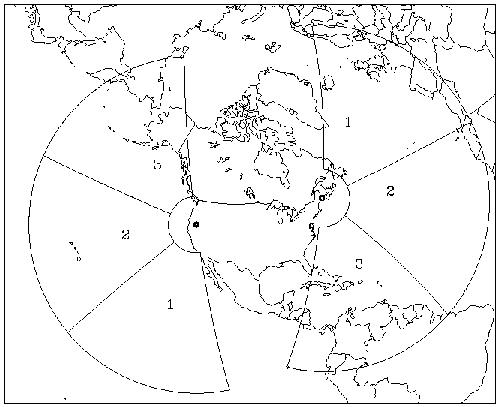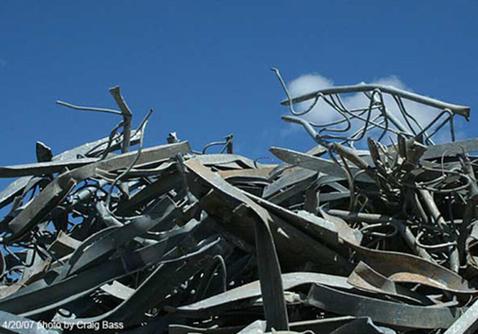
 Antenna Types: Horizontal Linear Phased Arrays
Antenna Types: Horizontal Linear Phased Arrays 
|
Comments on anything at this website? Please go to the COMMENTS page using the link further down this page. After submitting your comment there, find and click on the link on that page which enables you to return to the main page. |